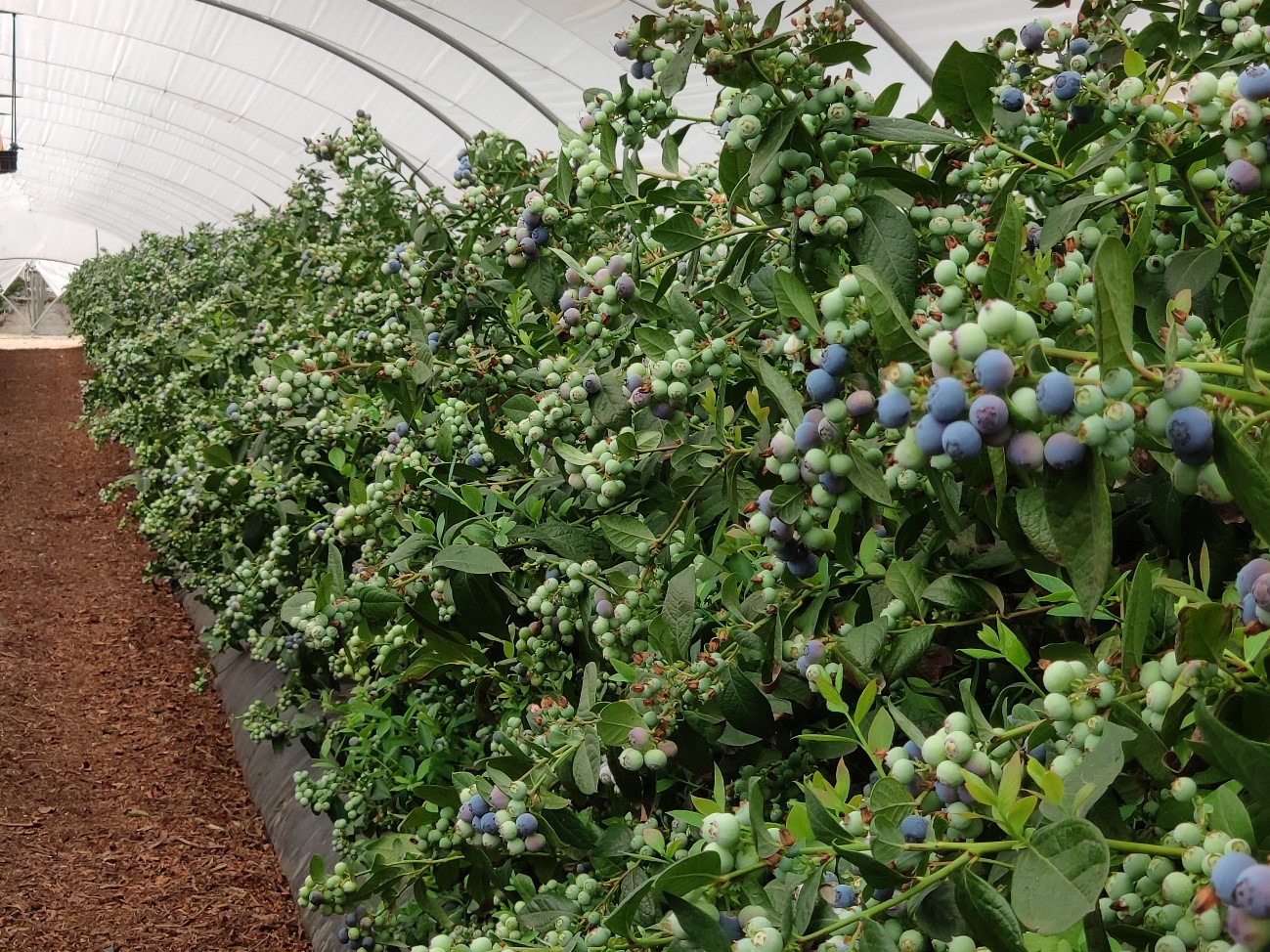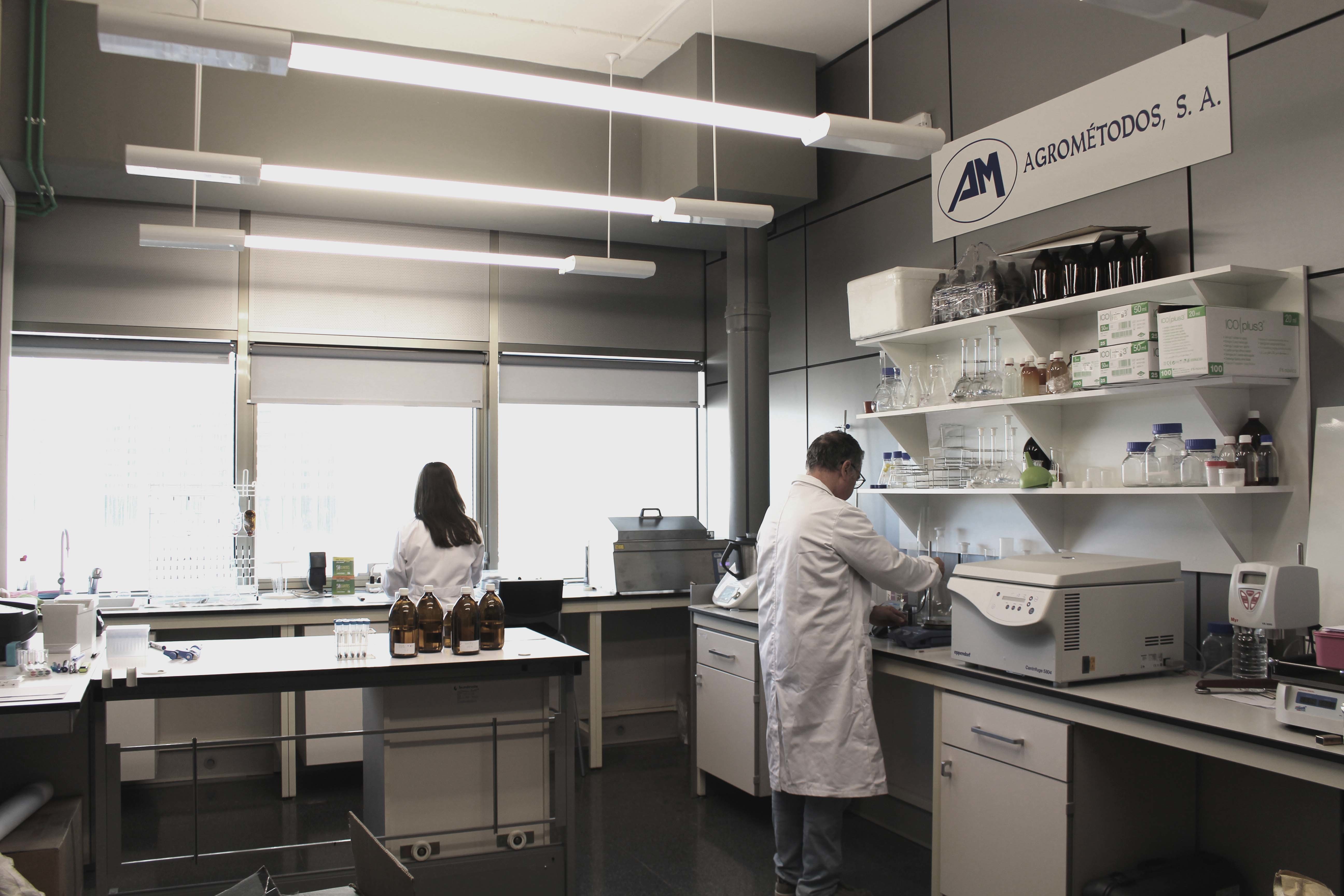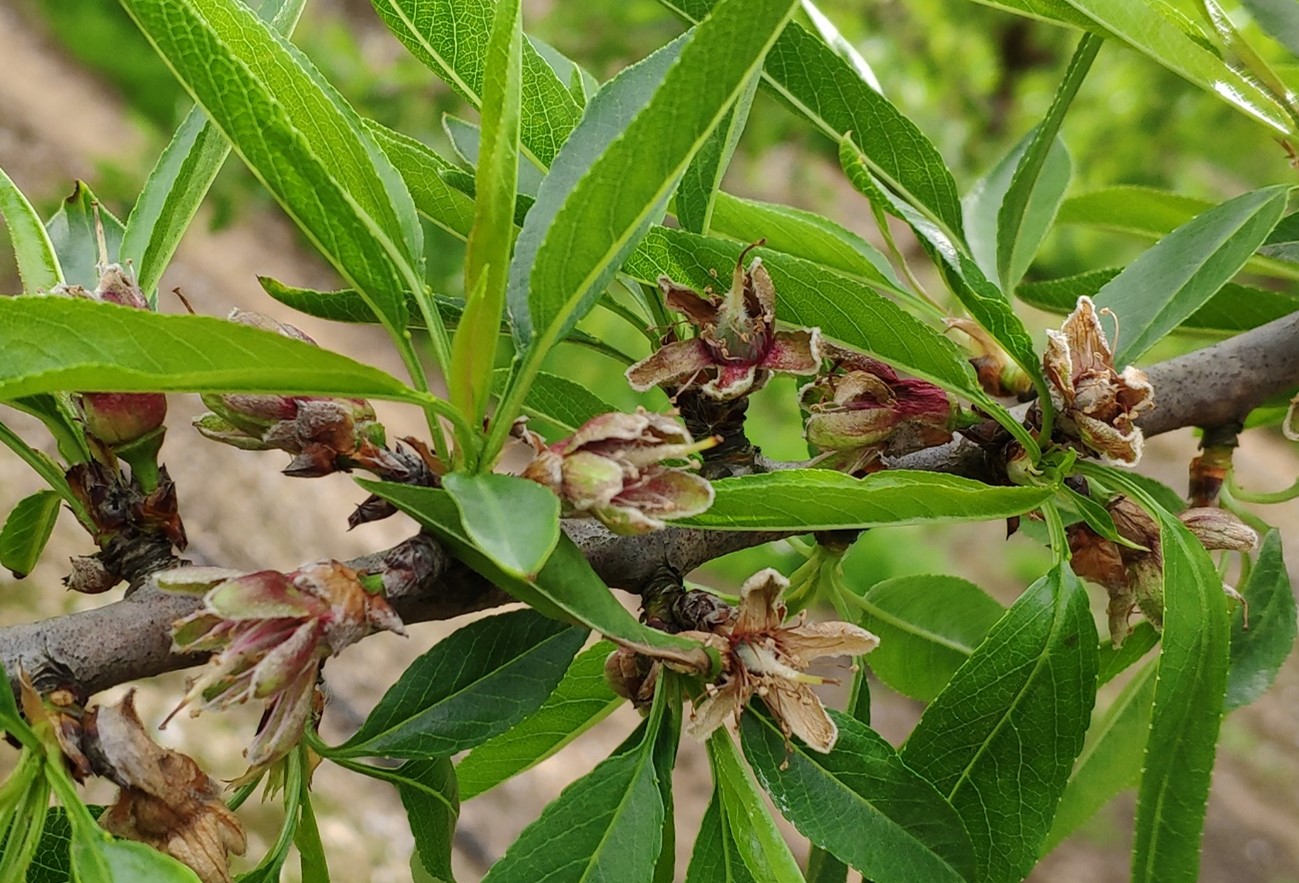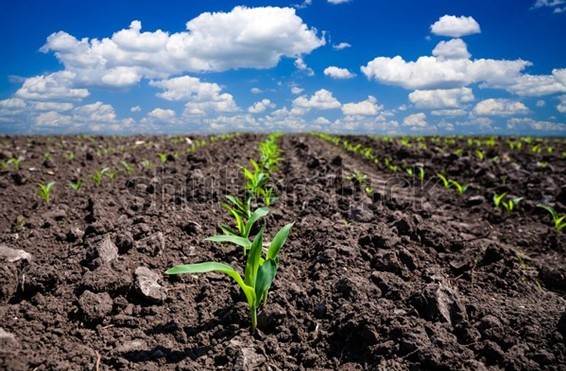
EU Soil Strategy for 2030
At the end of last year 2021, the European Commission sent through a communication to the European Parliament, the Council, the European Economic and Social Committee and the Committee of the Regions the new Thematic Strategy for Soil Protection for 2030, of which the key actions are already beginning to be developed.
The 2050 vision of this new strategy is “Reaping the benefits of healthy soils for people, food, nature and climate“. Healthy soils are essential to achieve climate neutrality and a clean, circular economy, and to halt desertification and land degradation. They are also essential for reversing biodiversity loss, providing healthy food and safeguarding human health.
In order to achieve this vision, the protection, sustainable use and restoration of soil have become the fundamental pillars.
This new EU Strategy for Soil Protection 2030 builds on the EU Biodiversity Strategy for 2030, the EU’s Climate Change Adaptation Strategy and several of the objectives of the European Green Deal.
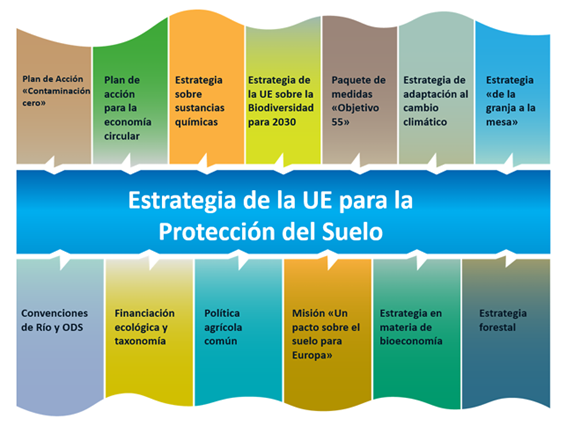
Links between the EU Soil Protection Strategy and other EU initiatives
In this regard, a series of medium-term (2030) and long-term (2050) targets have been established, as well as a new specific law on soil health for 2023 that will allow the objectives of this strategy to be met and good soil health to be achieved throughout the EU by 2050.
Medium-term targets (2030)
o Combating desertification, rehabilitating degraded lands and soils, in particular lands affected by desertification, drought and floods, and pursuing neutral soil degradation.
o Recover large areas of degraded and carbon-rich ecosystems.
o Achieve net greenhouse gas removals of 310 million tonnes of CO2 equivalent per year for the land use, land-use change and forestry sector at EU level.
o Achieve good ecological and chemical status in surface waters and good chemical and quantitative status in groundwater by 2027.
o Reduce nutrient losses by at least 50 %, the use and risk of chemical pesticides by 50 %, and the use of the most hazardous pesticides by 50 % by 2030.
o Make significant progress in rehabilitating contaminated land.
Long-term targets (2050)
o Achieve zero land occupation.
o Reduce soil pollution to levels that are no longer considered harmful to health and natural ecosystems and that respect acceptable limits for our planet.
o Achieving a climate-neutral Europe.
o Achieving a climate-resilient society for the EU, fully adapted to the inevitable effects of climate change by 2050.

To achieve these objectives, a series of key actions will be launched, such as:
– present a specific legislative proposal on soil health by 2023 to enable the objectives of the EU soil strategy and achieve good soil health by 2050;
– making sustainable soil management the new normal by proposing a plan for landowners to have their soils tested free of charge, promoting sustainable soil management through the CAP and sharing best practices;
– consider proposing legally binding targets to limit drainage of wetlands and organic soils, and to restore managed and drained peatlands to mitigate and adapt to climate change;
– investigate excavated soil flows and assess the need and potential for a legally binding ‘soil passport’ to boost the circular economy and improve the reuse of clean soil;
– restoring degraded soils and reclaiming contaminated sites;
– preventing desertification through the development of a common methodology for assessing desertification and land degradation;
– increase research, use of digital technologies, data and soil monitoring;
– mobilise social commitment and the necessary financial resources.

